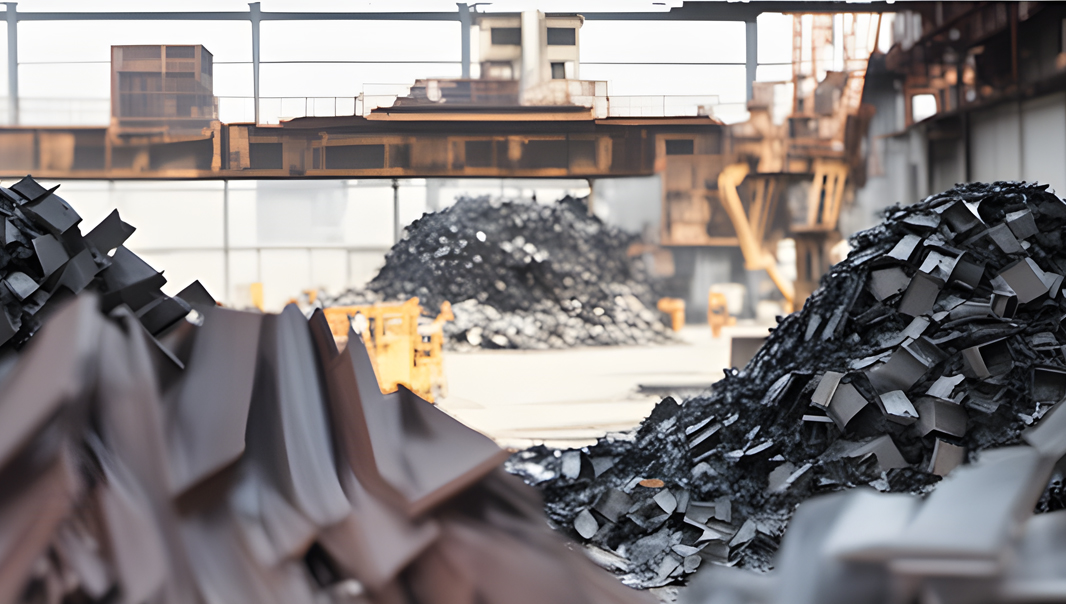
1. Collecting Raw Material
Raw materials of stainless and alloy scrap are collected from various sources. The collected scrap materials are then sorted and inspected for quality. These raw materials consist of discarded or excess metal components that can be used in the production process. Once collected, the raw materials undergo sorting and inspection to remove any non-metallic or unsuitable components.
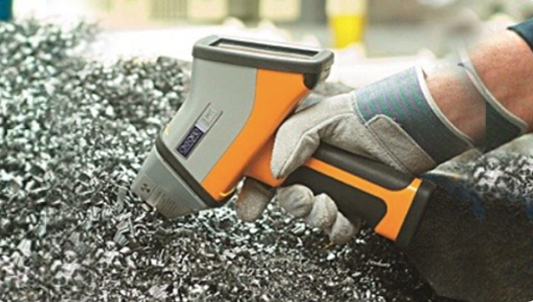
2.Sorting Through Handheld Spectro
Before the scrap can be used for the manufacturing process, it is essential to ensure that it has the desired chemical composition and quality. In this step, handheld spectroscopic devices are used to analyze the metal's elemental composition quickly and accurately. This analysis helps identify the presence of various elements and confirms whether the raw material meets the required specifications for the desired steel grade. Proper sorting and analysis at this stage help maintain the quality and consistency of the final product.
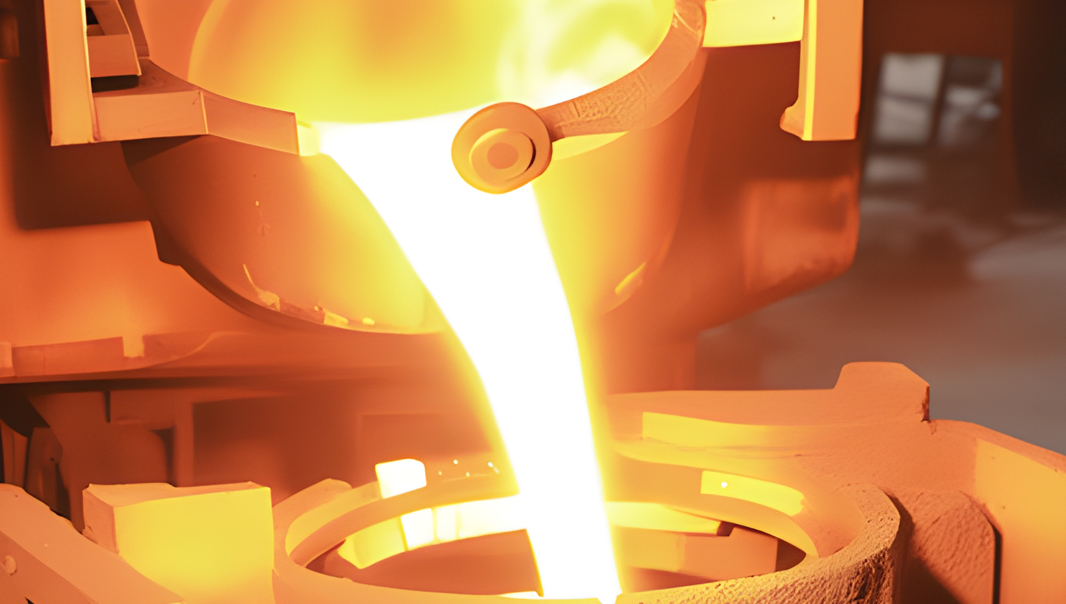
3.Induction Furnace
The induction furnace uses electromagnetic induction to generate heat within the metal. An alternating current is passed through a coil surrounding the metal, inducing eddy currents within it. These eddy currents cause rapid and efficient heating, resulting in the metal's temperature rising to the desired melting point. The induction furnace provides precise control over the melting process, allowing for uniform heating and homogenization of the molten metal.
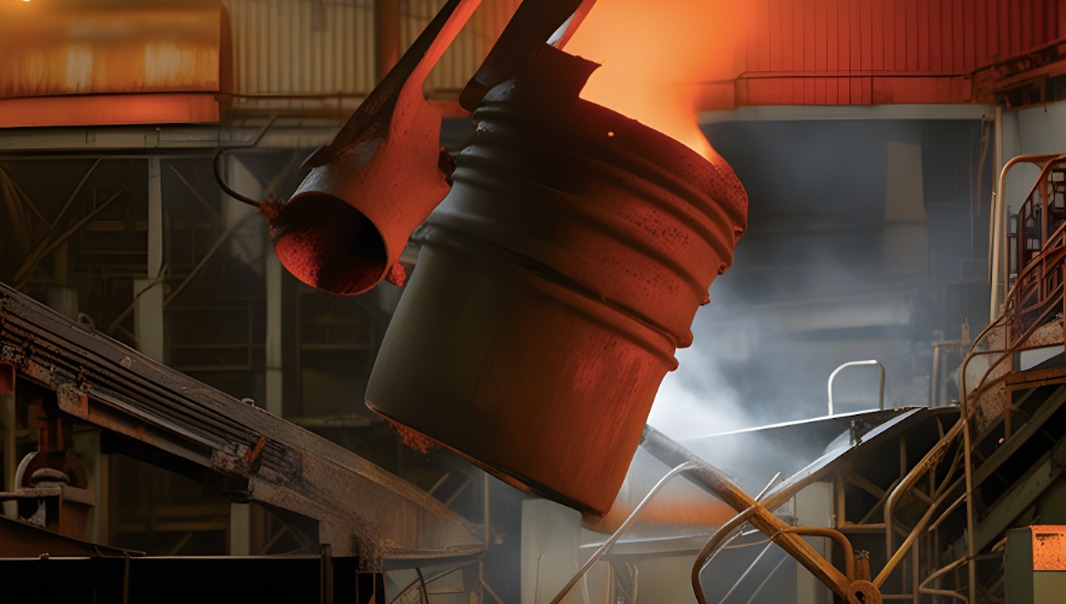
4. Ladle
After the molten metal is ready in the induction furnace, it is transferred into a large refractory-lined vessel known as a ladle. The ladle acts as a transportation and distribution container for the molten metal. It ensures the safe and controlled transfer of the liquid metal to the next stage of the process, which is ingot casting. The refractory lining of the ladle helps maintain the high temperature of the molten metal without causing any contamination.
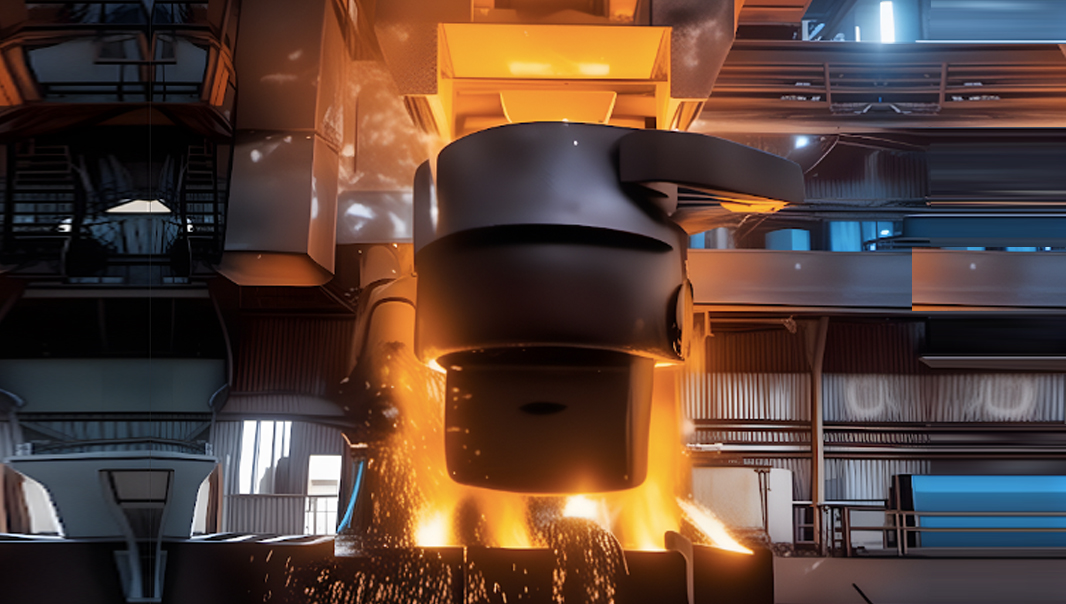
5.Ingot Casting
In this stage, the molten metal from the ladle is poured into molds to create ingots. The molds are typically rectangular or cylindrical in shape, depending on the requirements and the intended use of the ingots. The molten metal solidifies within the molds, forming solid metal blocks known as ingots. These ingots serve as semi-finished products that can be further processed into various steel products or used as raw materials for other manufacturing processes.
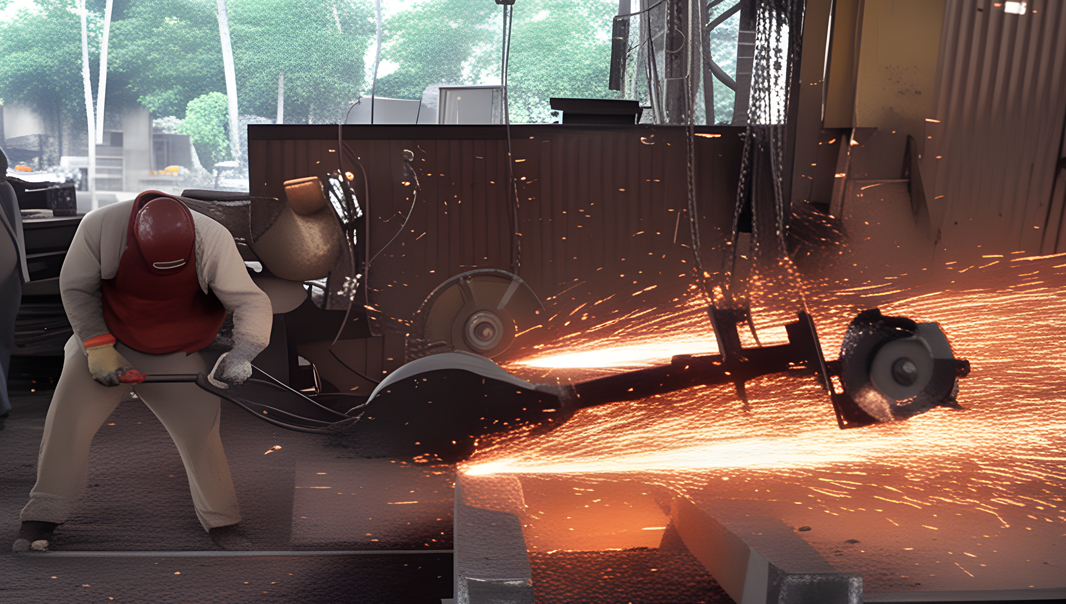
6.Grinding
After the ingots have solidified and cooled down, they may undergo grinding or surface conditioning to remove any surface imperfections or irregularities. Grinding helps achieve a smooth and uniform surface finish on the ingots, making them suitable for subsequent processing steps and ensuring the production of consistent and high-quality steel products.

7. Inspection
Quality control is a crucial aspect of the steel ingot manufacturing process. In this step, the finished ingots undergo a thorough inspection. We examine the ingots for any defects, deviations, or impurities that may affect the final product's quality. Only the ingots that meet the required standards and specifications are deemed suitable for dispatch.

8.Dispatch
Once the inspection is complete, and the ingots have passed the quality control checks, they are ready to be dispatched to other facilities for further processing or used directly in production. Dispatch involves organizing the ingots for transportation and shipping them to their designated destinations.
Manufacturing Technologies
Induction furnaces : Induction furnaces were developed in the early 20th century, and it has since become a vital tool in the production of high-quality steel. Induction furnaces work by using electromagnetic induction to generate heat within the metal. This heat is then used to melt the metal and cast it into the desired shape.
How an Induction Furnace
Works:
The basic principle behind an induction furnace is electromagnetic induction. An alternating current (AC) is passed through a coil, which generates a magnetic field around it. When a metal object is placed inside this magnetic field, eddy currents are induced in the metal.
These eddy currents generate heat, which causes the metal to melt. Induction furnaces are typically made up of three main components: the power supply, the furnace coil, and the crucible. The power supply generates the alternating current that is used to generate the magnetic field.
The furnace coil is a copper tube that surrounds the crucible and is connected to the power supply. The crucible is a container made of a refractory material that holds the metal being melted.
